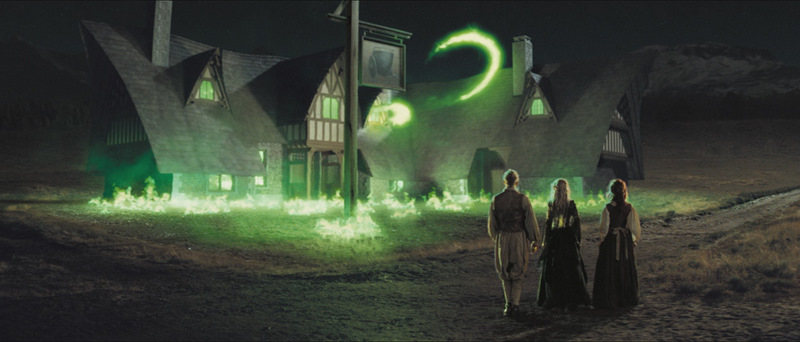A few minutes ago, I was looking at the latest Stardust Photo Gallery [dead link] (nicely pointed out by Neil Gaiman himself). To save time hitting back repeatedly, I just opened a bunch of the thumbnails in tabs.
Audio started playing, “Congratulations! You’ve been selected for…” Then a second round started in, “Congratulations! You’ve been sel…” A third round of the same ad had started, all of them overlapping, by the time I closed the window.
It’s 2007. People multitask. All modern web browsers have tabs available, not just the alternative ones. The time when you could assume you had the user’s undivided attention is long gone.
Note that I can’t tell you what the ad was for. I don’t know which tabs were playing it, so I didn’t even see the visual portion. It accomplished absolutely nothing that an advertisement is supposed to do—unless you want ads to drive people away from your site.
Oh, yeah, before I forget: Stardust!

![[Windows]](https://hyperborea.org/journal/wp-content/uploads/2006/10/windows_vista_64.jpg) Well, it’s the second Tuesday of the month. With Microsoft’s regular update cycle, that makes it Patch Tuesday.
Well, it’s the second Tuesday of the month. With Microsoft’s regular update cycle, that makes it Patch Tuesday.